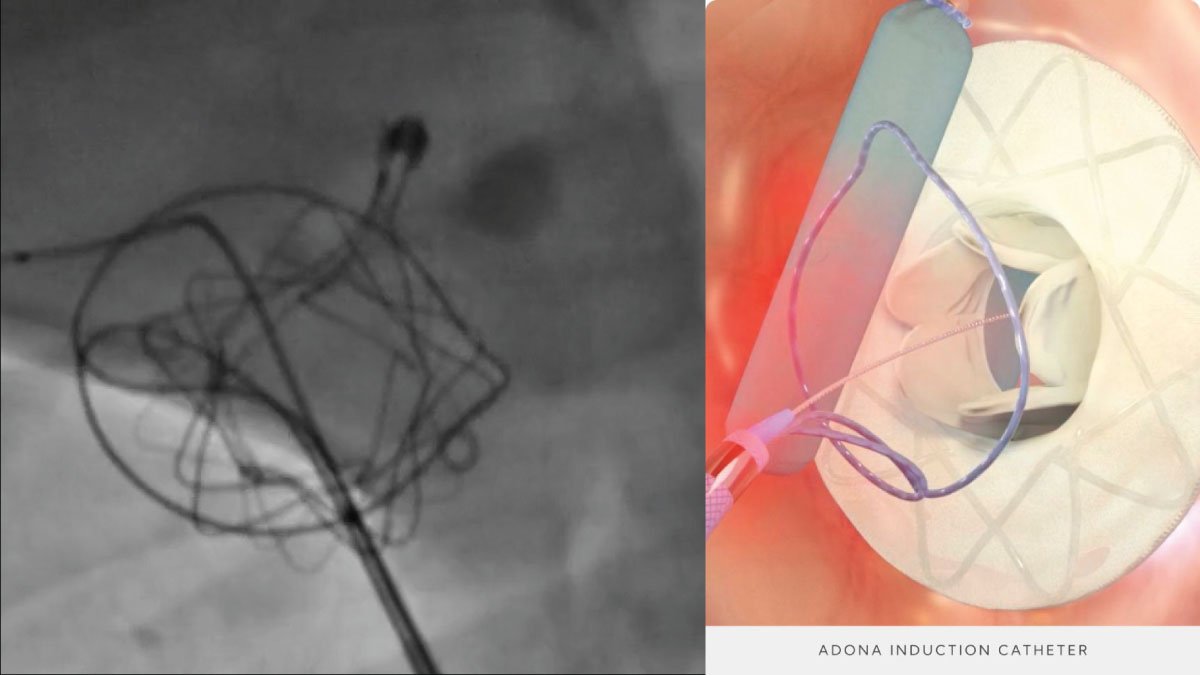Zebrafish Spinal Cord Regeneration Unveils New Avenues for Medical Advances

Recent studies have revealed an unexpected method of zebrafish spinal cord regeneration, providing hopeful insights for potential medical uses. This finding could lead to significant breakthroughs in regenerative medicine and the treatment of spinal cord injuries in humans.
An Unexpected Approach to Zebrafish Spinal Cord Regeneration
Zebrafish, a small freshwater species celebrated for its ability to regenerate, have recently amazed scientists with a novel finding. Research conducted by Washington University School of Medicine shows that zebrafish utilize a surprising strategy to regenerate their spinal cords following injury. Unlike humans, who struggle to recover from spinal cord damage, zebrafish can fully restore their spinal function, opening up new possibilities for medical progress.
The Secret Zebrafish Spinal Cord Regeneration
The research, featured in Nature Communications, uncovers a distinct process in zebrafish neurons that allows them to survive and flourish even after a serious spinal cord injury. The key is in a specific type of neuron that temporarily deactivates its death mechanism, enabling the neighboring cells to initiate the healing process. This survival and subsequent activation of repair mechanisms enable zebrafish to fully regenerate their spinal cords without scarring or lasting damage.
Paving the Way for Human Treatments
This breakthrough has significant implications for the creation of new medical devices and treatments targeting spinal cord injuries in humans. By understanding the molecular and cellular processes, researchers aim to apply these findings to human therapies. Potential uses include engineered implants, gene therapy, and drug treatments that replicate the zebrafish’s natural regenerative abilities.
Future Directions in Zebrafish Spinal Cord Regeneration
As research advances, the zebrafish model could inspire new strategies in regenerative medicine, especially in neural repair. The ability to manipulate human cells to mimic the zebrafish’s regenerative powers could transform treatments for spinal cord injuries, which currently offer few options. Moreover, this research could have wider applications in neurodegenerative diseases, where similar regenerative strategies could be used to repair damaged neural tissues.
Conclusion
The Zebrafish Spinal Cord Regeneration represents a promising path for medical progress that could greatly enhance the lives of individuals with spinal cord injuries. As scientists delve deeper into this remarkable process, the future of regenerative medicine appears to be filled with hope. Continued research could lead to the translation of these strategies into practical applications, offering relief to millions affected by spinal cord damage.




















